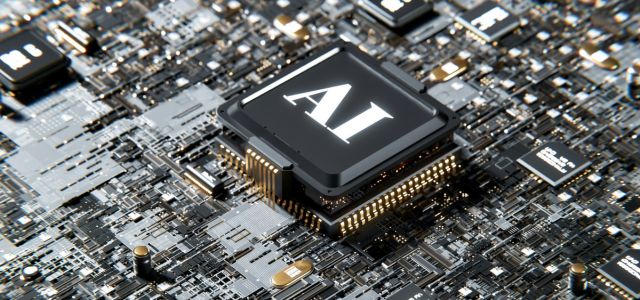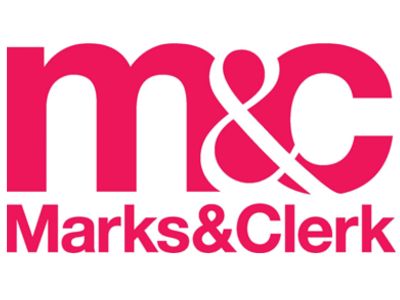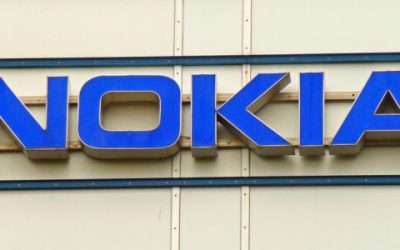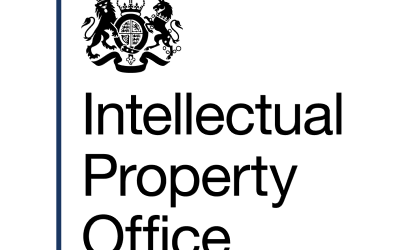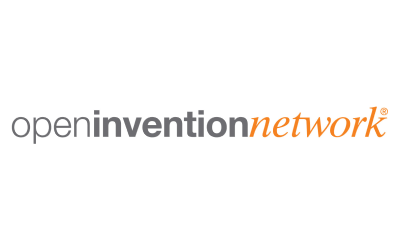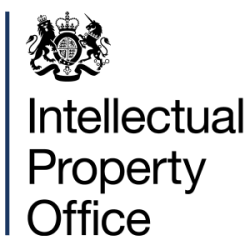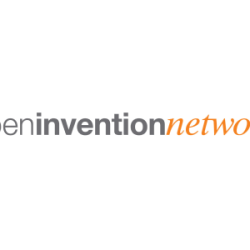The European Patent Office (EPO) has released a draft of its new Guidelines for Examination, which will come into effect on 1 March 2024. The new guidelines include some important updates to the EPO’s practice for examining inventions in the fields of artificial intelligence (AI) and machine learning (ML).
For the benefit of those unfamiliar with them, the Guidelines for Examination set out the EPO’s practice and procedures for examining patent applications and conducting oppositions. Ever since the 2019 edition of the guidelines first formalized the EPO’s practice for examining applications relating to AI and ML, annual updates to the guidelines have been eagerly awaited by attorneys drafting and prosecuting applications for those technologies.
The new guidelines do not change the EPO’s practice on what is, and is not, patentable in the fields of AI and ML. The EPO will continue its current practice of asking whether inventions involving AI and ML serve a “specific technical purpose” (e.g., processing audio, image, or video data) or are directed to a “specific technical implementation” (e.g., a new arrangement of computing hardware).
The latest guidelines include new guidance on the extent to which patent applications must disclose the algorithms and training data used to implement AI and ML inventions. Until now, the guidelines did not treat AI and ML any differently from other technologies insofar as the requirement to provide a clear and complete disclosure of the invention is concerned.
The new guidelines, however, require the mathematical methods and training data used by an AI or ML invention to be disclosed in sufficient detail to reproduce the technical effect of the invention over the whole scope of the claims.
A practical consequence of the new guidelines is that applicants and their attorneys will need to take greater care to ensure patent applications for AI and ML inventions contain enough technical information to allow the notional skilled person to carry out the invention. The amount of detail required will depend on the nature of the invention.
Where an invention makes use of well-known ML algorithms, it should be enough simply to refer to those algorithms by name and to explain how they are used. On the other hand, where a new ML technique is at the heart of an invention, the application should contain a thorough description of how to implement that technique. For example, case law suggests that the structure of any neural networks used, their topology, activation functions, end conditions, and learning mechanism are all relevant technical details that an application might need to disclose (see Decision T1191/19).
With regard to training data, the guidelines make clear that there is no need to disclose the training data itself. The guidelines instead state that, where the technical effect of an ML algorithm is dependent on particular characteristics of the training data, those characteristics must be disclosed. In practice, this means that an application should contain a detailed explanation of how to obtain or generate training data so that a skilled person reading the application can create their own suitable training data without undue burden.
In my view, the new guidelines do not mark a fundamental change in the EPO’s practice but instead reflect a handful of cases in which the EPO’s Boards of Appeal upheld the refusal of patent applications on the ground that they did not adequately disclose the invention. Although it is currently uncommon for the EPO to object that inventions in the fields of AI and ML are insufficiently disclosed, the new guidelines may prompt examiners to pay more attention to the level of technical detail contained in patent applications. When drafting applications that might be filed at the EPO, attorneys should take extra care to include a thorough description of the algorithms and training data used to put the invention into practice.

Written by Philip Cupitt
Partner, Marks & Clerk
You may also like…
Nokia v. Mala Technologies: the UPC interprets its relationship with national courts
Brussels recast The Brussels I Regulation has been in force, under various names, since 1973 and defines general rules...
UK IPO celebrates first filing in new digital service
The UK Intellectual Property Office (IPO) marks a ‘game-changing moment’ as the first patent is filed in the new ‘One...
World’s largest wireless telecommunications operator China Mobile joins Open Invention Network
Chinese companies have become increasingly sophisticated regarding patents. According to the country’s top...
Contact us to write for out Newsletter


